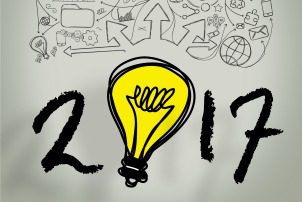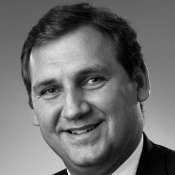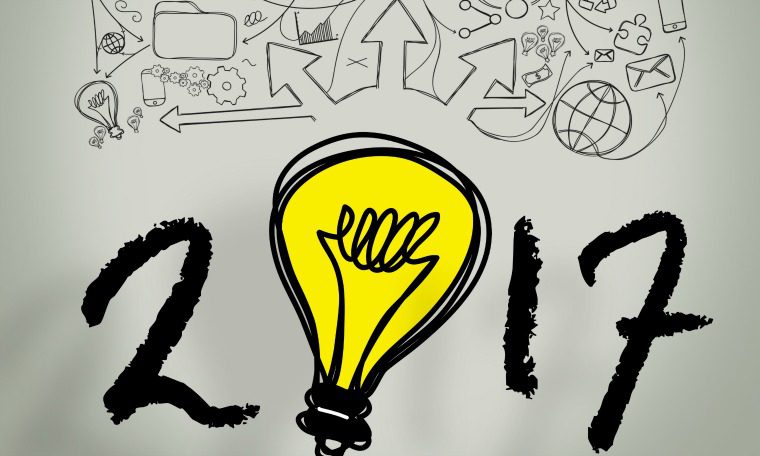By Lee Maxey

Predictions are a good way to start a New Year’s column. But as much as we all like predictions, I don’t think prognosticators are held to very high standards. So, I’m going to report back at the end of the year on how many, if any, of these predictions pan out.
To start, brace yourself for a continued significant shift from teaching to learning. The drivers behind this prediction are twofold. First, a learner’s accessibility to information has never been greater. Students can lay their hands on research and findings and data faster than — and beyond the knowledge of — their teachers. The computing power of your average mobile phone now rivals what was available to NASA when it launched Apollo 11 in 1969. Any teacher who clings to their status as the font of knowledge in front of classes armed with smartphones will be one-upped in short order. And information has been increasingly personalized for learners. People’s web experience serves up exactly what data they need, when they need it, in the amount they want to consume.
A teacher’s role in the future will be to help learners discern fact from fluff. Teachers will help learners become discriminating consumers of knowledge. And that need won’t go away. Technology can blind us to the facts. Remember when merely launching a website gave a company credibility? But outside that virtual façade, how many companies, especially dot-coms, were really going concerns?
Going back even further, the advent of PowerPoint in 1990 made some pretty light-on-the-facts presentations look downright prodigious. But we face a rising tide of information; the teacher will become a purveyor of discernment for students.
The rise of whole-person thinking: Learning isn’t just what we fill our heads with. It’s about understanding our bodies, brains, health and learning with a greater consideration for who we are. Because we have a growing file of digitized data on who we are — everything from psychology assessments such as Myers Briggs or Inside8 to physical fitness data from devices like Fitbit or Polar — we will know not only what we need to learn but the optimal time of day when we learn best. We’ll see with better clarity when we’re at our peak for study, exercise and work. Knowing all of this will help us integrate our whole body into learning. Think of it as becoming body smart, and using that information to better approach learning and develop mastery of a subject.
Bye-bye paper? Maybe not: According to a 2011 survey of millennials by TNS Research Global, 79 percent receive electronic bank statements online and 61 percent read newspapers online. Seventy-six percent also believe it’s easier to keep track of documents in digital format. Those numbers have undoubtedly increased. As learners, many millennials take notes on tablets and use voice memos and dictation with smartphones. All the indicators seem to chart a trajectory toward a future without paper. In spite of the convenience of digital records and the appeal of digitized documents vis-à-vis millennials’ environmental concerns, the TNS Research Global survey showed Generation Y still has a powerful attachment to paper. In fact, 78 percent couldn’t see themselves parting with paper. My prediction is increased security concerns or a large-scale cyberattack will halt the accelerating pace of paperless study and work.
Decentralized learning: Gaining access to learning from many points of entry has been true for corporate universities for years. But higher education is starting to mirror the private sector. Gaining credentials as a learner will increasingly become localized, instead of centralized. For example, New York University now has 13 campuses, in addition to its main campus in New York City, from Abu Dhabi to Sydney. Colleges and universities, driven in part by companies’ expectations for accessible learning will also greatly expand their brick-and-mortar programs with online offers to meet learners where they work. This higher education outreach to geographically distributed regions will make them a better partner with corporate learning organizations.
To some extent, many of the things discussed here are already happening. My prediction is that they’ll happen in a much more significant way. We’ll see a seminal moment, if you will. Whether I hit — or miss — the mark with these predictions, I’ll recap it for you at year’s end.
Lee Maxey is CEO of MindMax, a marketing and enrollment management services company. Comment below, or email editor@CLOmedia.com















